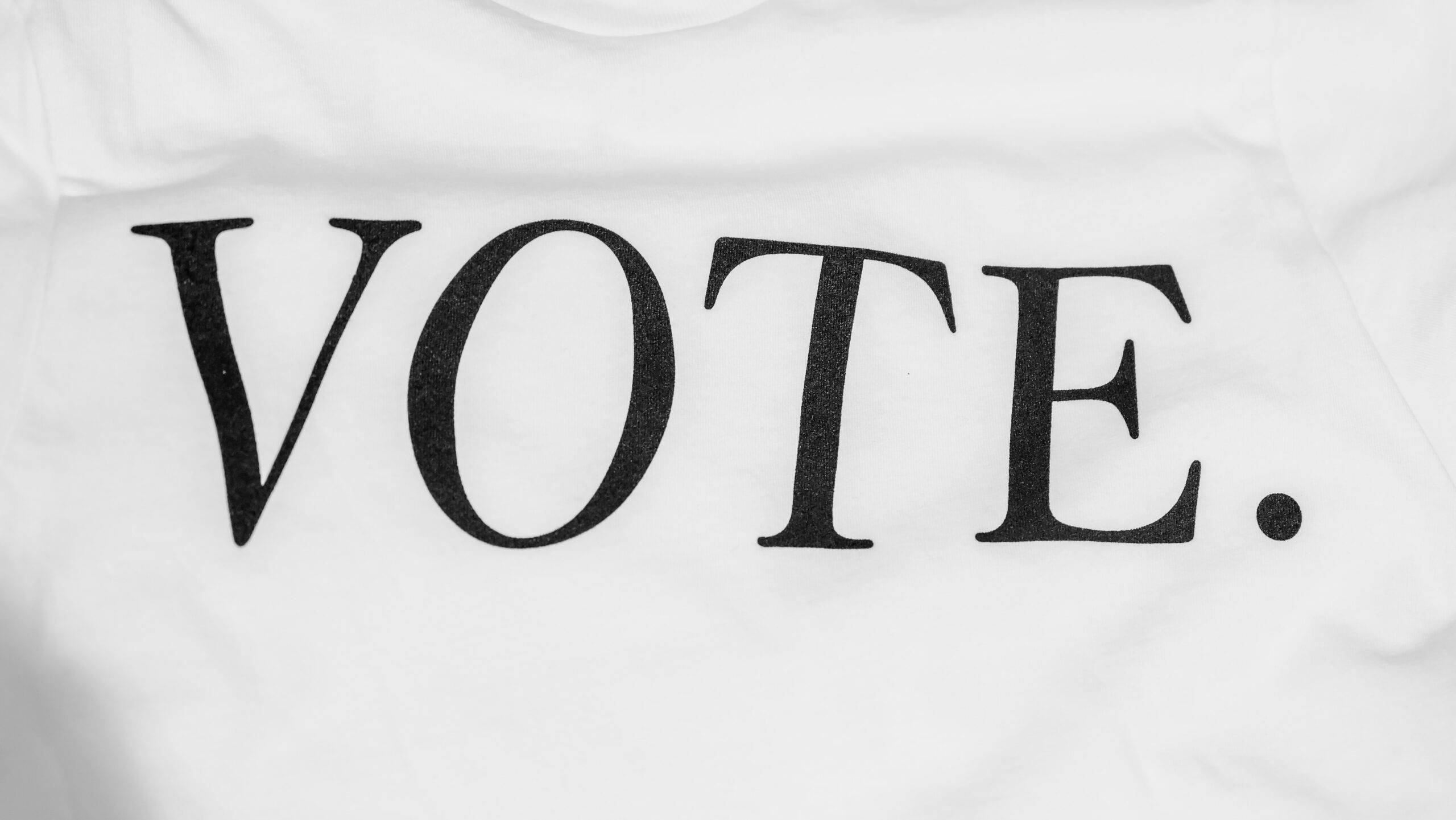This week brings elections and the market usually has a predictable response around this event.
Although historically the year leading up to the Presidential elections is muted, the elections where the Presidency is not up for grabs can mean if the GOP places more seats and gains the upper hand, the market generally looks favorably upon such an outcome.
This is assumed to occur because it is thought to mean less taxation from the redcoats and therefore more spending money for both consumers and businesses to grow the economy.
A democratic advantage can rock markets because the exact opposite is assumed, meaning higher taxes and therefore less money in the pockets of consumers and businesses.
Investopedia did a study to take a look at what markets have done after elections, measuring the Dow (DJIA) at the start of October for a fall election and then again at the end of March the following year.
In 2016, Donald Trump was elected president and also enjoyed a Congress controlled by his Republican Party. Before the election, the DJIA was at around 18,250. It then climbed about 10% to over 20,000 by the end of March 2017.
Conversely, they looked at 2008, when Democrat Barack Obama was elected president and also had the support of a Congress controlled by Democrats. In early October 2008, the DJIA was around 10,800, but by the end of March 2009, it had fallen 26% to below 8,000.
Before jumping to conclusions however, President Clinton’s second term in office saw the DJIA was at around 5,900 in early October before the election, and climbed to over 7,000 by mid-March 1997, but that occurred only after Republicans took control of Congress in that election.
There are plenty of caveats and conditions around assuming anything where elections and markets are concerned and you can see the study here. https://www.investopedia.com/us-election-and-stock-market-6822056
Strangely enough, the market may like gridlock the best. When the presidency and congress are controlled by different parties, Investopedia suggests a favorable reaction on Wall Street.
Apparently, when in gridlock due to opposing party control of the presidency and congress, investors may think little will get done when it comes to passing new regulations and taxes, and that may make for the best market of all.
Many would argue the market’s reaction to political gridlock supports the idea that the less regulation the better, at least as far as the direction of stocks following an election is concerned.
That said, no one can forecast market direction at any time and past performance does not guarantee future results.
“Watching the markets so you don’t have to”
(end)
(As mentioned please use the below disclaimer exactly) THANKS (Regulations)
This article expresses the opinion of Marc Cuniberti and is not meant as investment advice, or a recommendation to buy or sell any securities, nor represents the opinion of any bank, investment firm or RIA, nor this media outlet, its staff, members or underwriters. Mr. Cuniberti holds a B.A. in Economics with honors, 1979, and California Insurance License #0L34249. His website is moneymanagementradio.com, and was recently voted Best Financial Advisor in Nevada County. 530-559-1214.


